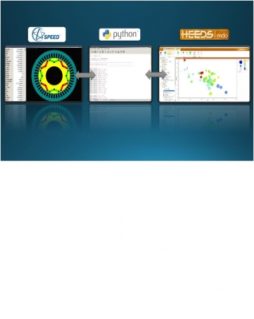CD-Adapco Speed v10.06 Release Enables Automated and Intelligent Design Exploration of Electric Machines

CD-Adapco announced the release of Speed v10.06, the latest update to its leading electric machine design solution. Speed v10.06 takes a significant step towards intelligent and automated electric machine design, resulting in increased machine efficiency at a lower cost.
Speed v10.06 is designed to forward CD-Adapco's mission to help customers discover better designs, faster, by making it easier for Speed users to leverage Heeds MDO, a best-in-class process automation and optimization tool developed by Red Cedar Technology, a wholly-owned subsidiary of CD-Adapco. Speed v10.06 provides users with a library that links Speed and Heeds MDO for seamless electric machine design.
In order to meet the demand for more efficient and more affordable electric machines, engineers and designers are increasingly deploying multidisciplinary design exploration, covering a wide range of machine geometries and operating conditions. With Speed v10.06, engineers will be able to take their designs to the next level, helping them innovate as well as reduce costs and increase lifetime and reliability.
"This release marks a first step towards fully automated multidisciplinary design exploration for electric machines," said Markus Anders, Electric Machine Sector Manager, CD-Adapco. "By providing a closer link between Speed and Heeds MDO, we enable our customers to take full advantage of both the efficient design space exploration strategies available in Heeds MDO and the cutting-edge electric machine analysis technologies they are already using in Speed."
In addition to enhanced capabilities for electric machine design with Heeds MDO, Speed v10.06 offers a number of refinements and bug fixes of existing algorithms as a result of Speed customer suggestions. For example, new windage and friction and stray load loss calculations have been implemented to allow users to directly create those losses in accordance with the given standard. A new, more user-friendly node distribution dialog has also been added to the GDF editor. This dialog box can be used to create new node distributions based on the actual geometry with simple user choices and fewer manual interactions to increase the mesh density where needed.




